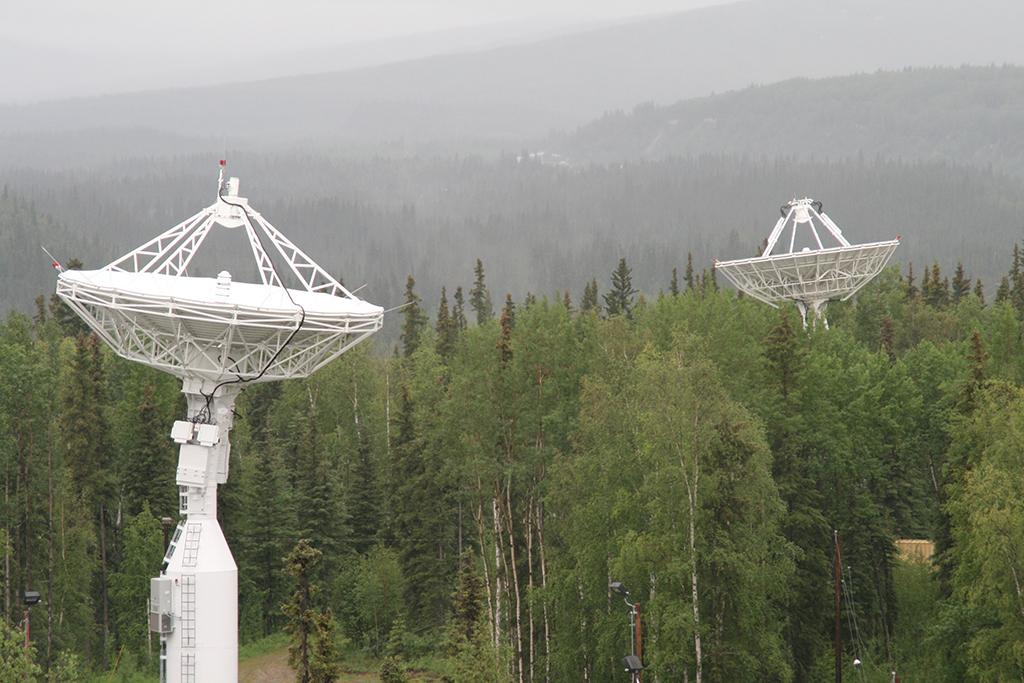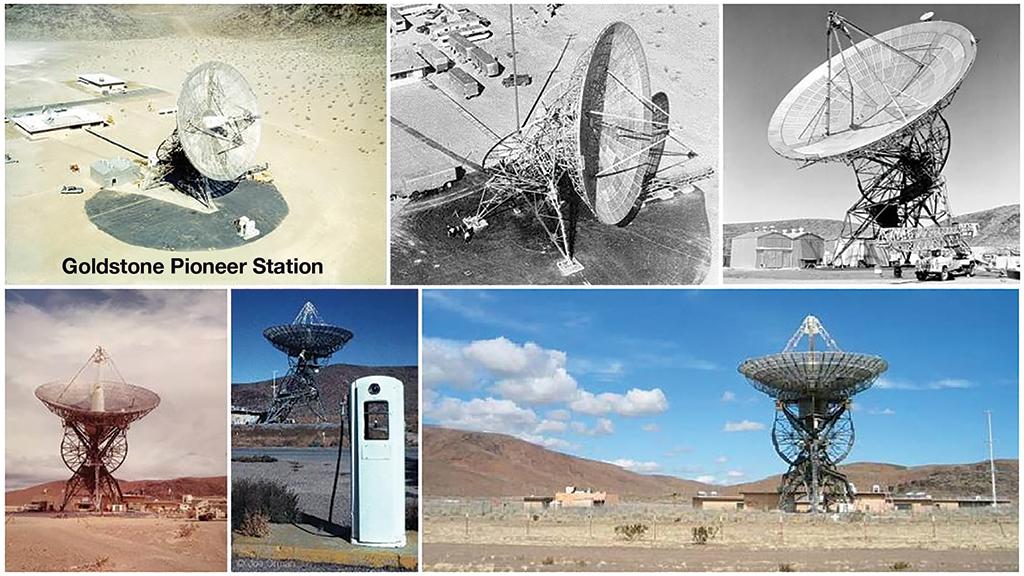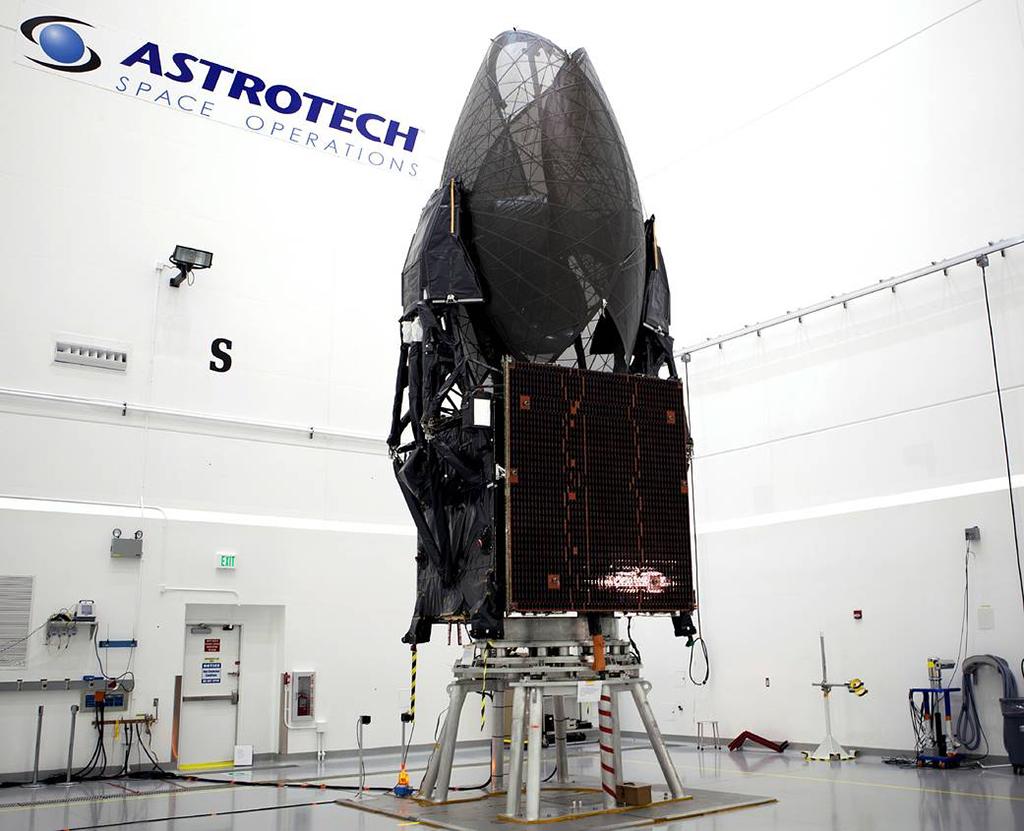
Fifty years after pioneering space communications and tracking services, NASA is preparing to tap the growing commercial satellite industry—currently worth nearly $60 billion per year—to not only replace agency-owned and -operated space and ground systems but also expand and enhance its offerings.
“Scientists are like teenagers—they can never get enough bandwidth,” says Greg Heckler, NASA’s acting director for commercial services within the Space Communications and Navigation (SCaN) program. “We’re always looking to increase data rates from our missions.”
- Ground stations already 60% commercial
- No ‘Frankenradios’ needed
Today the bulk of NASA’s space communications services are provided by the agency’s own Tracking and Data Relay Satellite (TDRS) system. The network currently consists of eight operational satellites and two spares—located in 22,236-mi.-high geostationary orbits—and three ground stations to relay data from missions in Earth orbit and from launch vehicles.
SCaN also oversees the Near Earth Network, which includes ground stations and antennas to support missions close to Earth, and NASA’s Deep Space Network, comprised of three ground complexes hosting large antennas to communicate with spacecraft in and beyond the Solar System.

The TDRS program began in late 1973 to support the 1981-2011 space shuttle program with around-the-clock, near-real-time communication services between the orbiters and ground control teams. “We evolved the concept of data relay in satellites,” says Badri Younes, deputy associate administrator and program manager for SCaN. “We have this constellation of data relay satellites . . . supporting anything flying beneath them, and sometimes flying a little bit beyond them. The missions that require low latency—where the data needs to get to mission operations centers within a second—need almost continuous connectivity.”

The biggest demand for TDRS service now comes from the International Space Station (ISS), but it is not the only customer. NASA’s space network provides nearly 12 million min. of service per year to more than 26 missions and programs, including the Hubble Space Telescope and other science missions, the National Oceanic and Atmospheric Administration’s weather satellites, NASA’s fleet of Earth-observation satellites, and launch vehicles and capsules owned by SpaceX, Northrop Grumman, United Launch Alliance and other companies.
The constellation, which offers high-bandwidth S-, Ku- and Ka-band telecommunications services, was last replenished in 2018 with the launch of TDRS-M, the program’s 13th and final spacecraft. Seven first-generation satellites built by TRW (since acquired by Northrop Grumman) launched on space shuttles, one of which was lost during the 1986 Challenger accident.
Three second-generation and three third-generation TDRS satellites built by Hughes (since acquired by Boeing) were launched on Lockheed Martin Atlas IIA and United Launch Alliance Atlas V rockets. NASA expects the TDRS network to remain operational into the early 2030s but is looking to phase in commercial alternatives in the mid-2020s.

SCaN’s first transition already is underway. Two commercial companies—Kongsberg Satellite Services and Swedish Space Corp.—own and operate 60% of the ground stations for NASA’s Near Earth Network, which provides telemetry, tracking and command services to spacecraft in a variety of orbits within about 1.2 million mi. of Earth.
Market surveys are underway to expand the number of companies providing direct-to-Earth communication services. “In the ground station business, more is always better,” Heckler says. “The more ground stations you have access to, the more data you can push.”
Potential additional vendors include Amazon Web Services, Leaf Space, RBC Signals, Infostellar and Atlas Space Operations, among others. NASA’s goal is to have commercial vendors supply 100% of its direct-to-Earth communications needs for both new and existing missions in 2023.
“Ultimately, if there are government assets that we own and operate that have commercial equivalents, we would love to divest those over time, even potentially pursuing public-private partnerships, where we may turn over those assets to a commercial entity to operate, and we could continue to tap into that capacity,” Heckler says.
What will supplement and eventually replace TDRS space-based relay communications is less clear. NASA plans a wave of demonstration programs to assess commercial satcom capabilities, some of which have yet to begin service or even launch their first spacecraft.
The list of potential providers includes Telesat, OneWeb, SpaceX, Iridium Next, Global-star, SES, Inmarsat Global Xpress, O3B Networks, Intelsat Epic, Viasat and Amazon’s planned Kuiper.
“There is a huge commercial market and capability already out there,” Heckler says. “We’re trying to exploit those systems that are on orbit today—or will be in the future—in demonstrating end-to-end communications capability and even potentially providing navigation services or observations.”
The commercial satcom market currently represents almost $60 billion in annual revenue and is growing at a rate of about 9% per year, Heckler notes. The systems provide voice, video, data and broadcast services to land-, sea- and air-based users. In the 1980s, there were six commercial satellites with 200 transponders. That number has grown to 500 satellites and 6,000 transponders.
“We need to do demonstrations because, although these systems are capable, they haven’t demonstrated services for users in space,” Heckler says. “There are satellites on orbit today we could use, but even the existing operators continue to launch new satellites to enhance their capabilities. And there are new entrants trying to do things a little bit differently. We don’t want to just do this once and be stuck. We want this to evolve over time, try to tap into those new capabilities as they grow and mature over the 2020s.”
NASA plans a rolling wave of demonstrations by multiple companies and systems. “This is not going to be a one-vendor or a one-size-fits-all solution. We’re expecting to aggregate capabilities over multiple vendors in a portfolio to meet our existing and future user needs,” Heckler says.
The agency hopes to award its first Communications Services Program satcom capability demonstration by Sept. 30.
Some missions, such as Hubble, are compatible only with TDRS. “It would be technically impossible to move those existing missions to commercial satcoms due to [radio spectrum] frequency and other technical reasons,” says Heckler.
To avoid driving government-unique requirements into commercial systems, TDRS will remain operational for legacy and soon-to-launch missions until the early 2030s. Meanwhile, new missions will be migrated onto commercial satcom systems.
“There are always challenges with a transition,” Heckler says. “With SCaN, we must continue to operate our legacy existing networks . . . so we’re trying to swap out the engine in the middle of the race.”
NASA’s goal is to have all of its spacecraft in Earth orbit, from geostationary and below, use commercially provided communications services by the end of the 2030s.
To avoid becoming locked in with a particular vendor or service, NASA is developing a wideband and multilingual user terminal—a single radio that can access many different commercial networks “without building a ‘Frankenradio’ where you have one unique radio for each vendor,” Heckler says.
A ground demonstration of the multilingual radio is expected before Sept. 30.
NASA also is working with U.S. and international spectrum regulatory agencies to bridge gaps in radio frequency allocations reserved for space or terrestrial use, but not both. Another focus of commercializing SCaN services involves establishing standards so that different communication satellite systems can operate cohesively. “We want users to seamlessly roam between different vendors like you can today with 4G—and soon to be improved with 5G—cell phone technology,” Heckler says.
Infusing commercial satellite services into NASA operations is a major undertaking, Younes says, but it will free up resources to focus on the next steps in communications technology, such as optical capabilities. “After that, we’ll be going after quantum networking. That’s probably the kind of technology that will be needed in the 2030s,” he says.

